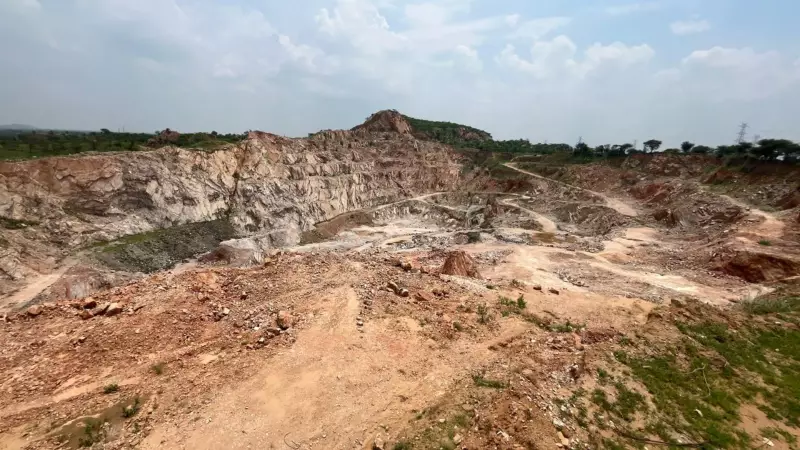
Environmental activists and conservation experts have raised serious concerns about a recent Supreme Court decision that establishes a uniform, elevation-based definition for the Aravalli Hills. The November 20 ruling by a three-judge bench could potentially strip protection from numerous low-lying ridges, opening them to mining activities across the region.
What the Supreme Court Ruling Means
The Supreme Court bench headed by Chief Justice B R Gavai, with Justices K Vinod Chandran and N V Anjaria, accepted recommendations from a Centre-appointed expert committee that defines the Aravalli Hills as any landform in Aravalli districts with an elevation of 100 metres or more from the local relief. The court also directed the Centre to prepare a Management Plan for Sustainable Mining for the entire Aravalli region and imposed a freeze on new mining licenses until the plan is finalized.
According to the new definition, two or more Aravalli Hills located within 500 meters of each other would constitute an Aravalli Range. This elevation-based approach has sparked immediate concern among environmental protection groups.
Environmental Consequences and Expert Warnings
Neelam Ahluwalia, founder-member of People for Aravallis, described the judgment as a "mixed bag" that combines positive elements with potentially disastrous consequences. "We welcome the complete freeze on new mining leases and the mandate for a comprehensive management plan. But accepting the uniform definition is deeply problematic," she stated.
Ahluwalia explained that excluding hills below 100 metres breaks the ecological continuity of the range, creating additional gaps that allow Thar desert dust to advance toward Haryana, Delhi-NCR, Western UP, and Eastern Rajasthan. The group noted that more than 12 breaches already exist in the range from Ajmer-Jhunjhunu in Rajasthan to Mahendergarh in Haryana.
Retired Conservator of Forests Dr R P Balwan highlighted the specific threat to Haryana, where natural forest cover stands at just 3.6%. "Most notified forests in the state lie on low-elevation ridges that do not meet the 100-metre criterion. These areas will lose Aravalli protection and become vulnerable again," he warned.
Broader Ecological Impact
The potential consequences extend far beyond immediate mining concerns. Water conservationist Dr Rajendra Singh, renowned as the "Water Man of Rajasthan," emphasized that the Aravalli's fractured rock systems can recharge up to 2 million litres of groundwater per hectare. "Disturbing smaller hills through mining will lower water tables and contaminate aquifers across Gujarat, Rajasthan, South Haryana and Delhi-NCR," he cautioned.
Ecologist Dr Ghazala Shahabuddin pointed to the rich biodiversity supported by the range, including over 400 native plant species, 200 bird species, and mammals such as leopards and hyenas. She warned that shrinking habitat will intensify human-wildlife conflict in the region.
Additional concerns include potential disruption of local rainfall patterns, increased heat stress, and further degradation of Delhi-NCR's already compromised "green lungs." Environmentalist Tanuja Chauhan noted that cities in the region already rank among the world's most polluted, and weakening the Aravalli's protective barrier could exacerbate this critical situation.





